Pedestrian accidents are a significant concern in traffic safety, and they can have devastating consequences. According to the National Highway Traffic Safety Administration (NHTSA), thousands of pedestrians are injured or killed every year in traffic accidents. Understanding the cause of pedestrian accidents is necessary, especially when pursuing compensation for your injuries and losses.
When you suffer injury in a pedestrian accident, do not hesitate to seek legal representation. A knowledgeable pedestrian accident attorney can take on your case and protect your rights as they work to achieve the best case result on your behalf.
What Causes Pedestrian Accidents Most Frequently?
Pedestrian accidents happen for a wide variety of reasons, most often including driver behavior and environmental factors. If you’re hurt in a pedestrian accident, a lawyer can review the details of your case and determine what caused the accident, which helps clarify liability.
Driver Behavior
Drivers are expected to behave a certain way while on the road to keep themselves and others safe. When they engage in dangerous driving behaviors, they’re more likely to cause collisions, including pedestrian accidents.
Distracted Driving
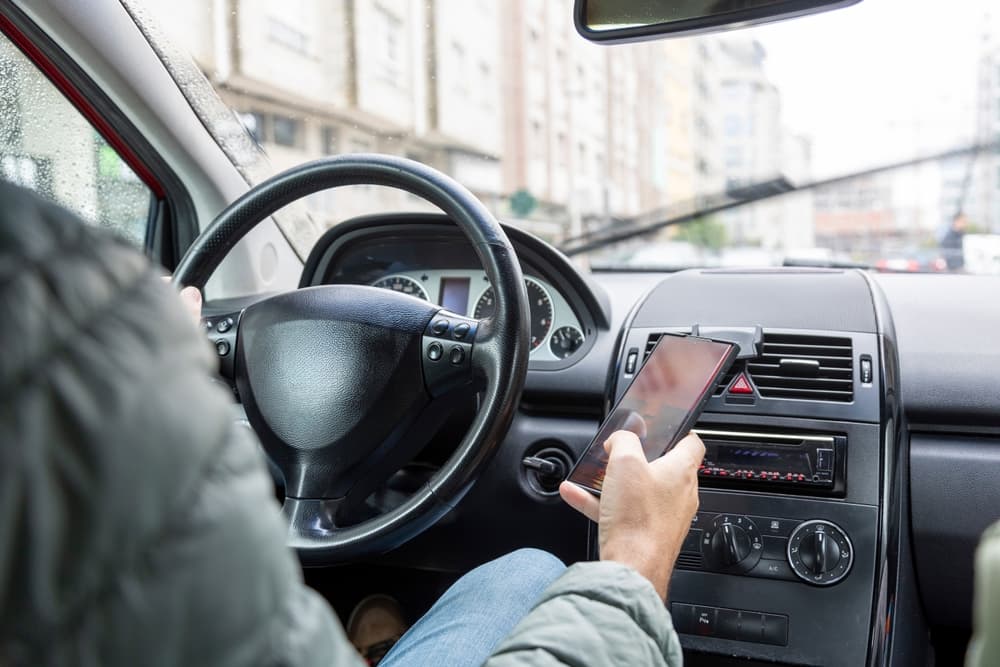
One of the leading causes of pedestrian accidents is distracted driving. Distracted driving encompasses various behaviors, including texting, talking on the phone, using in-car technology, or even eating and drinking while driving. When drivers are not fully attentive to the road, they are less likely to notice pedestrians crossing the street, especially in areas where pedestrians are expected, such as crosswalks.
For instance, a driver engrossed in a phone conversation might not see a pedestrian crossing at an intersection, leading to potentially fatal consequences. Distracted drives are significantly more likely to cause accidents involving pedestrians.
Impaired Driving
Driving under the influence of alcohol or drugs impairs a driver’s judgment, coordination, and reaction time, making it difficult to avoid pedestrians. Alcohol impairs a driver’s ability to judge distances and speeds accurately, which is important for safely navigating areas with pedestrian traffic. Even over-the-counter or prescription medications can affect a driver’s cognitive and motor function, especially when used inappropriately.
Impaired driving substantially increases the risk of pedestrian accidents because intoxicated drivers are less likely to notice pedestrians and more likely to engage in risky behaviors like speeding or running red lights.
Speeding
Speeding is another critical factor in pedestrian accidents. Higher speeds reduce a driver’s ability to stop quickly and increase the severity of collisions. When a vehicle is traveling at high speeds, the impact on a pedestrian can be fatal. The likelihood of a pedestrian surviving an accident decreases dramatically with higher vehicle speeds.
Drivers who speed through residential areas, school zones, or other pedestrian-heavy zones are particularly dangerous. Traffic laws are designed to regulate speeds and protect pedestrians, but noncompliance is a serious issue.
Running Red Lights and Stop Signs
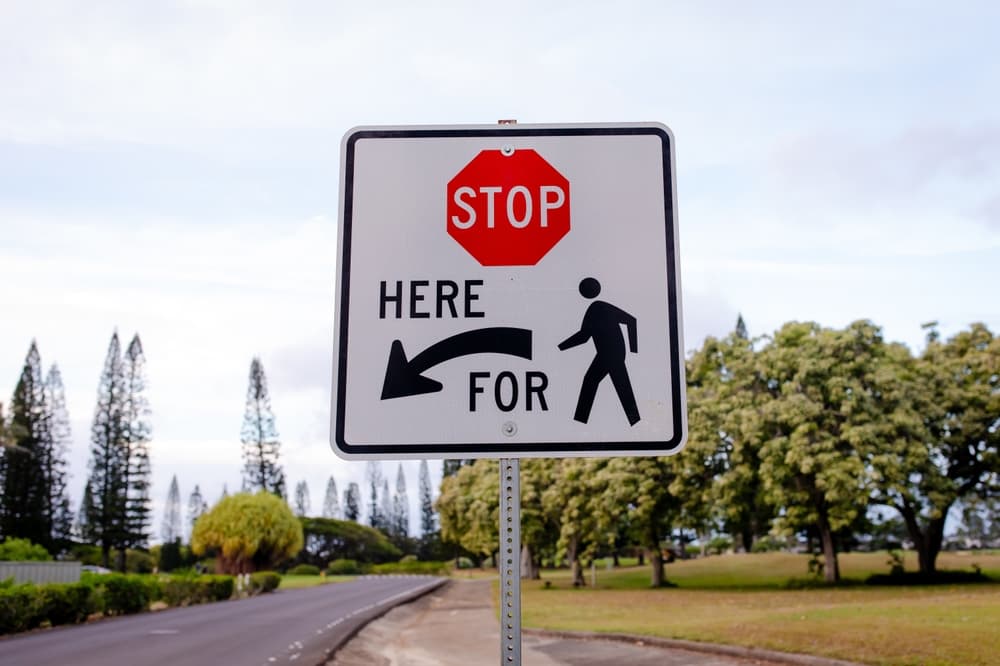
Running red lights and stop signs is a reckless behavior that endangers pedestrians. When drivers ignore traffic signals, they create a high-risk situation for pedestrians who may be crossing the street legally. This behavior leads to accidents at intersections, where pedestrians expect drivers to stop.
Intersections are particularly hazardous for pedestrians, as they involve multiple traffic movements. Drivers who fail to obey traffic signals increase the risk of collisions with pedestrians, who may be crossing in designated crosswalks at the appropriate times.
Failing to Yield the Right of Way
The “right of way” refers to a driver allowing a pedestrian or other motorist to proceed ahead of them at an intersection or crosswalk according to traffic laws. For example, drivers making a left turn at an intersection must yield to oncoming traffic before making their turn.
Pedestrians often have the right of way, where drivers must stop to allow them to cross the street. When a driver fails to yield the right of way, it can put the pedestrian at risk.
Environmental Factors
Along with risky driving behaviors, environmental factors can also play a role in pedestrian accidents. When a dangerous environmental factor is involved in a collision, various parties may be to blame for the pedestrian’s resulting injuries and losses.
Poor Visibility
Poor visibility is a serious environmental factor contributing to pedestrian accidents. Reduced visibility can result for various reasons, including inadequate street lighting or poorly lit crosswalks. This can make it challenging for drivers to see pedestrians, especially at night.
Inadequate illumination can also affect pedestrians, who may not see vehicles approaching or may be less visible to others. Proper street lighting can help mitigate these risks.
Road Conditions
Road conditions play a key role in pedestrian safety. Potholes, uneven pavement, and debris can all create hazardous situations for both drivers and pedestrians. Poorly maintained roads and sidewalks can lead to accidents if drivers swerve to avoid obstacles or if pedestrians trip and fall.
Additionally, poorly marked crosswalks and a lack of pedestrian signals can create confusion and increase the risk of accidents. Adequate road maintenance and clear pedestrian markings are essential for reducing accidents.
Weather Conditions
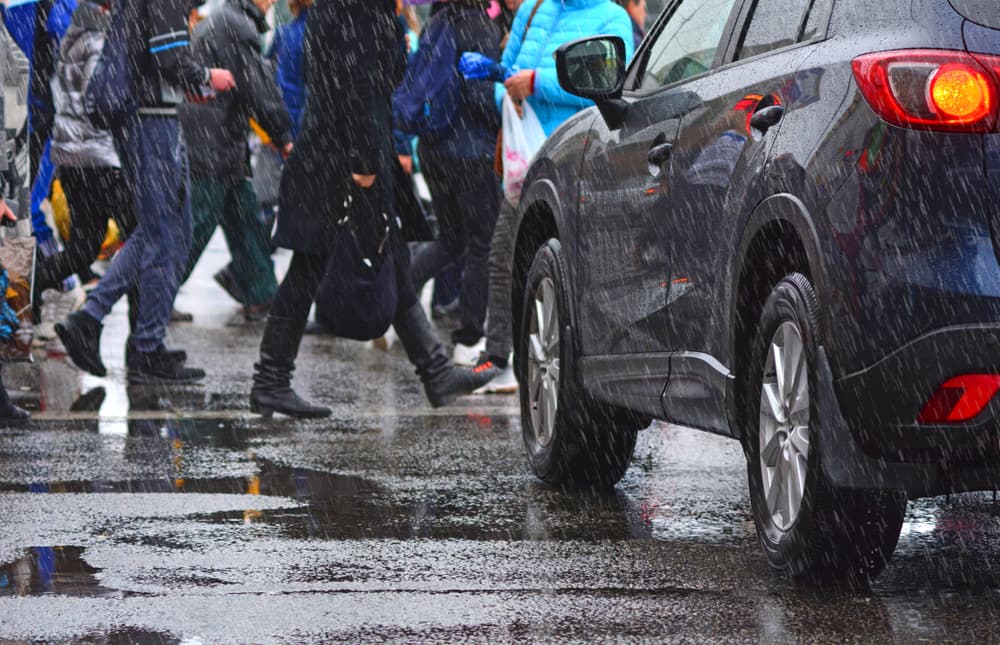
Adverse weather conditions, such as rain, snow, or ice, can impact the safety of both drivers and pedestrians. Slippery roads reduce a driver’s ability to stop quickly and can lead to skidding, while pedestrians may struggle with traction and visibility.
Weather conditions can also affect the efficiency of road infrastructure, such as traffic signals and road markings. Drivers must exercise extra caution during inclement weather and adapt their driving to the conditions. Failure to do so increases the chances of pedestrian accidents.
Pedestrian Accident Injuries
Pedestrian accidents can result in a range of injuries, varying in severity based on the nature of the collision. Some common pedestrian accident injuries include:
- Head injuries: Concussions, traumatic brain injuries (TBIs), and skull fractures are common when a pedestrian is struck by a vehicle. These can result from direct impact or from being thrown to the ground.
- Spinal injuries: Damage to the spine or spinal cord can occur, potentially leading to partial or complete paralysis, depending on the extent and location of the injury.
- Fractures: Broken bones are frequent, especially in the legs, arms, ribs, and pelvis. Fractures can range from minor cracks to severe breaks requiring surgery.
- Soft tissue injuries: Sprains, strains, and bruising can result from impact or sudden movements. These injuries can affect muscles, tendons, and ligaments.
- Internal injuries: Damage to internal organs, such as the liver, spleen, or kidneys, can occur and may not always be immediately apparent. Internal bleeding is a serious concern in these cases.
- Cuts and lacerations: These can vary in severity from scratches to deep wounds that may require stitches and can sometimes lead to infection.
- Dislocations: Joints such as the shoulder, hip, or knee can be dislocated during an accident, which can be painful and require immediate attention to reposition.
Prompt medical attention is vital after a pedestrian accident to address injuries and prevent further complications. Getting appropriate medical treatment can be costly and result in financial burdens. This is one of the most important reasons to take action and pursue just compensation.
Who’s At Fault for a Pedestrian Accident?
Generally, the party that causes your pedestrian accident will be liable for your injuries and losses. While this may seem straightforward, in some cases determining the cause of your accident and who is at fault can require some investigation.
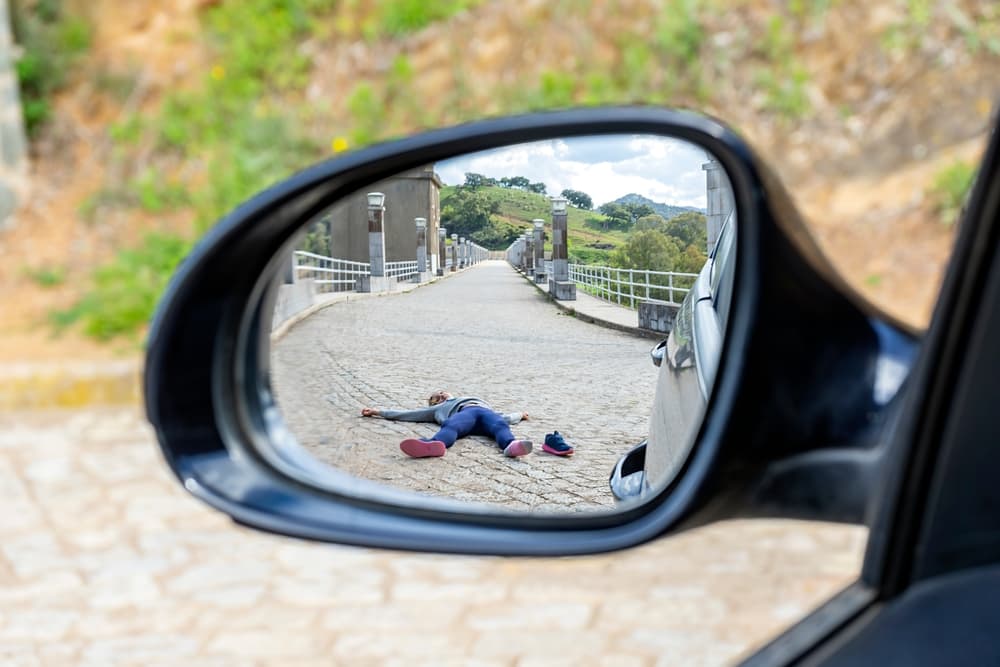
Some of the parties that are often at fault for pedestrian accidents include:
- Car and truck drivers
- Municipalities or governmental entities
- Maintenance and repair companies
- Product designers and manufacturers
A pedestrian accident attorney can review the specifics of your case to determine fault. Knowing who is responsible for your accident ensures your attorney knows who to hold accountable when pursuing compensation.
What To Do Following a Pedestrian Accident
What you do after a pedestrian accident can impact your rights and your future compensation claim. Aside from putting your health and well-being first, you should also prepare for your potential case by contacting a skilled attorney as soon as possible.
Get Medical Attention
First and foremost, you should not wait to get medical attention. If your injuries are serious and require emergency medical care, you’re likely to get treatment on the scene. If further treatment is required, EMTs can transport you to the hospital.
Regardless of whether you get emergency medical care or not, you should always follow up with a skilled physician. A physical evaluation with diagnostic testing can provide some clarity on the extent of your injuries. Knowing the severity of your injuries can ensure you get proper treatment to begin your healing journey.
Additionally, medical records play a big part in pedestrian accident cases. Getting medical treatment and continuing to follow through with your care plan and doctor’s visits not only benefits you physically but also strengthens your medical records and helps substantiate your claims.
Gather Evidence and Documentation
After your pedestrian accident, gather as much information as possible concerning the incident. This can include photos of your injuries and witness contact information. It’s also helpful to maintain a file and keep everything related to your accident and injuries, including medical bills and receipts for out-of-pocket expenses.
Consult with a Skilled Accident Attorney
As soon as you’re able, consult with a local pedestrian accident lawyer. The time following a pedestrian accident can be stressful and confusing, but an attorney can provide support and guidance. They can also review the details of the incident and determine how best to proceed with a compensation claim.
Potential Compensation Available for Pedestrian Accidents
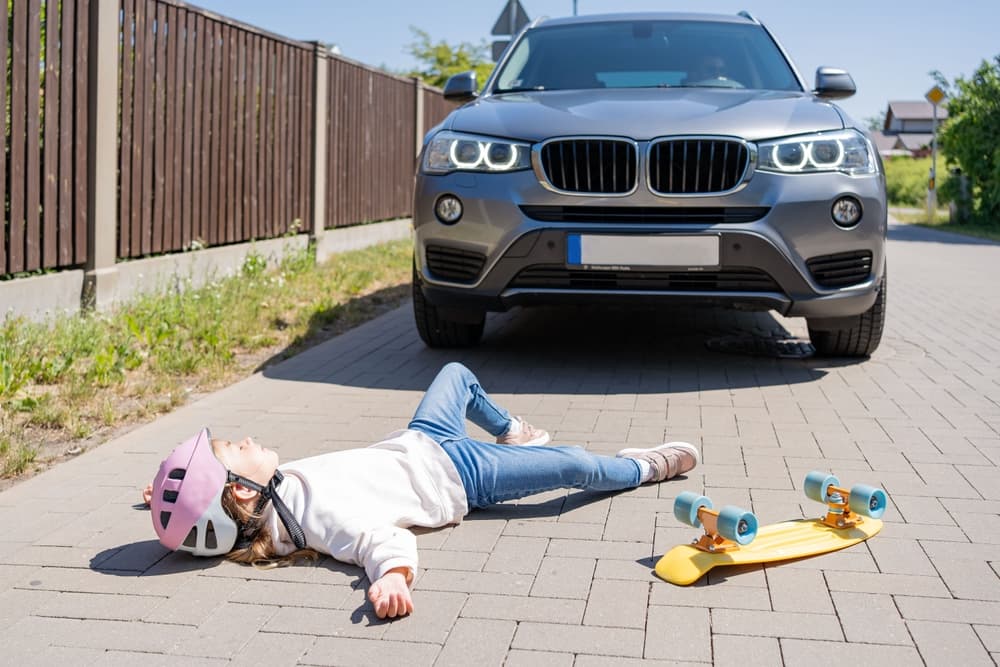
Damages for pedestrian accidents help compensate you for your related expenses and losses. Compensation for pedestrian accidents can vary widely based on the specifics of the case, including the severity of the injuries and circumstances of the accident, but damages can include:
- Medical expenses: This can include compensation for present medical costs, including emergency care, hospital bills, and medications, but can also include future medical costs, like long-term treatment or rehabilitation.
- Lost earnings: Compensation for income lost during your recovery period if you could not work. If your injuries impact your ability to work long-term or permanently, you may be entitled to compensation for reduced earning capacity as well.
- Pain and suffering: This includes compensation for physical pain and discomfort caused by your injuries, but also emotional suffering, such as anxiety, depression, or trauma resulting from the accident.
- Loss of enjoyment of life: Compensation for how your injuries have affected your ability to participate in activities you previously enjoyed or for a diminished quality of life.
- Disability or impairment: If the accident results in a permanent disability, compensation may include coverage for ongoing care and support, as well as any modifications needed for accessibility.
Additionally, some states allow for punitive damages. Unlike compensatory damages, punitive damages are assessed as a way to punish the defendant for their intentional, malicious, or reckless behavior.
When you've suffered an injury in a pedestrian accident, you shouldn’t have to bear your financial struggles alone. A pedestrian accident attorney can evaluate your damages and calculate the value of your case to ensure you get the most favorable case result.
If You’re Hurt in a Pedestrian Accident Call an Experienced Attorney Today
Pedestrian accidents are a serious issue. Not only can an accident leave you physically hurt, but also mentally traumatized and financially burdened. When you’re harmed by the negligence of another, you deserve justice. You do not have to face this challenging time alone. Contact a personal injury attorney today.
After a pedestrian accident, you should always discuss your case with a seasoned attorney. Your personal injury lawyer can handle all case-related tasks, from investigating your accident and gathering evidence to calculating damages and engaging in settlement negotiations. Regardless of whether your situation involves an insurance claim, a personal injury lawsuit, or both, you can feel confident knowing your attorney will stick by you through it all.
Among the many tasks pedestrian accident attorneys handle, they determine and prove the cause of the accident. Doing so can help you hold the responsible party accountable for their actions and build a strong case to obtain the favorable compensation you deserve.

